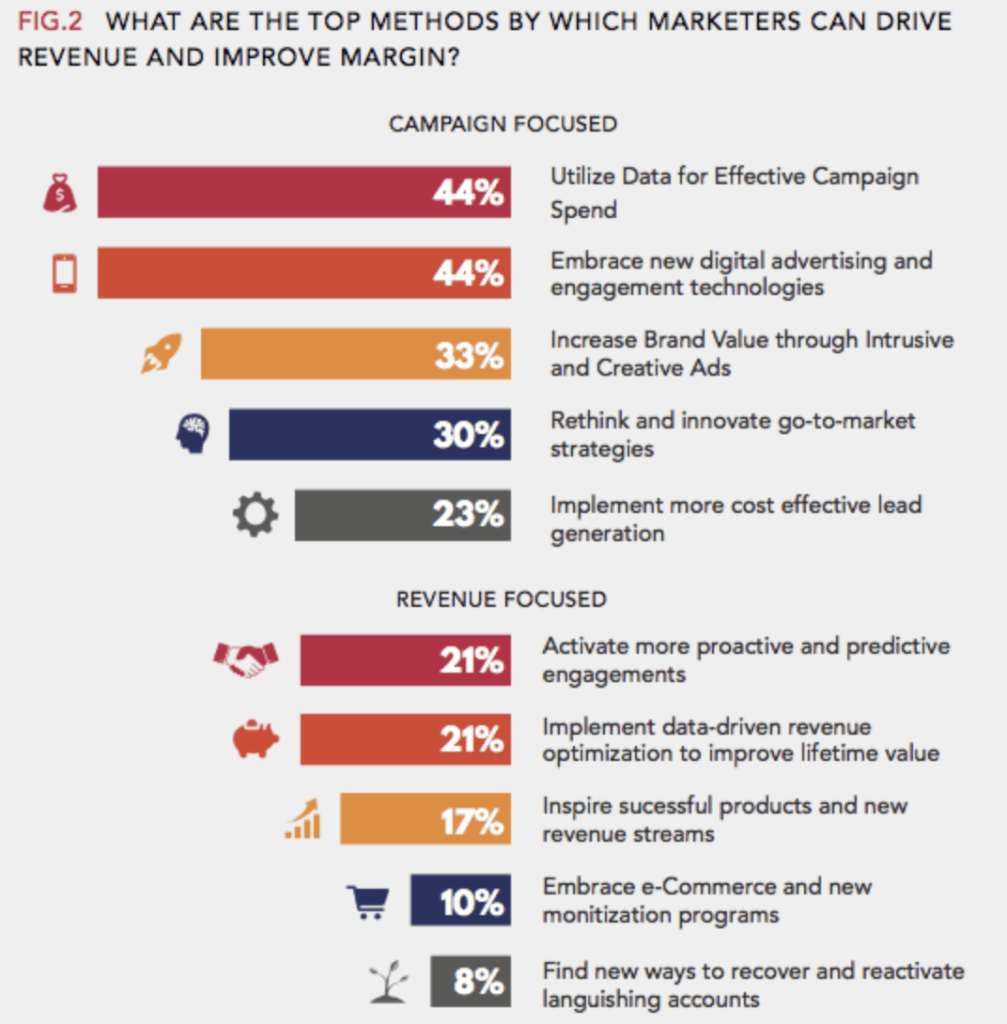To ensure that my company would continue to thrive and grow, I consistently did outreach via LinkedIn to companies that displayed a gap with their marketing efforts (e.g. not blogging regularly, not having a regular social media presence, website not being optimized, etc.). During my outreach in 2016, I came across a cybersecurity SaaS company.
And then, the rest was history.
I learned a ton about incident response, SOC analysts, top concerns for CISOs, data breaches, the need for encryption, and so on. I was fascinated with the industry because of the following reasons:
- There was and still is a huge talent shortage.
- Ransomware and data breaches are ALL on the rise so security for businesses of all sizes matters.
- The problems that cybersecurity companies are pushing to solve are legit a big deal because smaller businesses who get breached will go out of business and if you’re a big tech company, you’re losing millions to billions of dollars.
- The average cost of a data breach is $3.86 million.
- The average time to identify a breach in 2020 was 207 days.
- The average cost of a malware attack on a company is $2.6 million.
With all of that in mind, I wanted to highlight the specific areas where my agency, Fastmarkit, has been able to help our cybersecurity clients grow with qualified leads that become sales opportunities and further closing as new contracts.
1. Building a brand is about the content
There is tremendous value in developing content that is contextually relevant to your target personas. This means that your library of content assets become much more diverse and more focused on serving the needs of your target audience, rather than it being ‘product’ heavy.
An important aspect about content is that it will help grow your brand while also increasing organic traffic as well as SERPs rankings and generating qualified leads. With that in mind, som key things to avoid when you’re pushing content are the following:
- Self-promotion. No one is going to care about what you’re selling until they can see how you’re going to solve their problems.
- Putting all content into a general bucket. Instead, make sure you are mapping your content assets to lifecycle stages alongside behavioral needs.
- Thinking every piece of content is going to provide a positive ROI. You don’t get to decide what type of content is truly going to drive a meaningful connection, the market does, so make sure that you are consistent because that’s the only way you’ll be able to see what works and what doesn’t.
2. Know exactly what’s happening on your website
From top performing pages to top blog posts and even the underperforming pages, know the health of your website when it comes to fostering lead gen goals. Doing so will help you optimize your website to meet the buyer journey, ensuring your content is prevalent where they’ll make the most impact, and executing multivariate testing where needed.
Your website is one of the most important aspect of your business because it is leveraged as a destination for people to learn more about what you do and the problem your product/service solves. Here are some key items to keep in mind:
- Make it easy to contact you.
- Have both technical product content balanced with approachable content. In other words, be human.
- Include short 30-60 second videos.
- Have a content hub outside of your blog.
- Install heat maps onto your website.
- Know the top entry and exit pages.
- Have clear CTAs throughout your website.
3. Nail down lead scoring and sales enablement
Sales enablement is focused on the buyer and equips sales with the right type of content that will engage, as well as convert. Therefore, the content assets you create become much more meaningful than just driving site traffic and leads, but they are there to help foster revenue generation.
Implementing lead scoring is going to be critical to making sure that you are not only segmenting and nurturing leads correctly but that you are meeting them wherever they are in the buyer’s journey itself. Your overall lead scoring model should be discussed openly and agreed upon by both marketing and sales. That way, you can reduce friction and confusion around when a lead is sales-ready.
Consider breaking down your lead scoring points by the following:
- Behavior such as email opens, clicks, site visits, content consumed, and forms filled out.
- Establishing a threshold by which you will be able to funnel leads into becoming SQLs/SALs. The importance of having a threshold defined is that you have a list of qualifying factors before leads are passed to sales.
- Implement score degradation — meaning, when leads do not take any sort of action it makes sense to lower the score so that you can report on active leads vs non-actives accurately, along with insightful reasoning.
- Negative scoring is going to be important as well because if, for example, someone visits your careers page, it doesn’t make sense to think they’ll become a customer as it’d more so imply they want to work for you.
- Refine and improve as you collect data and align with the buyer’s journey itself.
4. Go all out on LinkedIn
Don’t underestimate the power of LinkedIn especially for B2B marketing and sales purposes. The biggest downfall for companies who use LinkedIn and don’t see results really boils down to one thing: they are more focused on themselves than what they can do for others to add value and actually help.
There are a multitude of ways that you can harness the power of LinkedIn to drive more leads and here’s what I highly recommend:
- Use your content assets to create conversations.
- Tag relevant individuals and companies to get more visibility.
- Sponsor content through paid ads.
- Get familiar with LinkedIn Lead Gen Forms.
- Automate where you can with direct messaging and align with email efforts.
5. Have the reporting and analytics set up
As you implement marketing initiatives and campaigns, you have to stay close to the data you’re collecting. In other words, track and measure every single execution as much as you can. Doing so will allow you to calculate ROI, understand which channels bring the most qualified leads that have a higher likelihood of becoming paying customers, knowing which implementations drive the best LTV once leads become customers, and so on.
With nearly 70% of CEOs expecting CMOs to be held accountable for revenue growth, the luxury of pouring tons of money into initiatives that are not working is nonexistent.

Finally, make sure that as you collect data you align everything back to the buyer journey and also the KPIs that will matter most to the business. Having the right data sets will also help create a more collaborative working environment showing that you are driving towards collective goals among all departments, not just within marketing alone.
Wrapping it up
The responsibilities for marketing can feel overwhelming but follow a specific strategy that is flexible with pivoting when you need to but is also very stubborn about hitting the goals in place.
Be smart with where you dedicate your marketing dollars and sales time. Know where the gaps are and work together to fill those gaps so that you can do what’s best for the business while also achieving your department goals.





